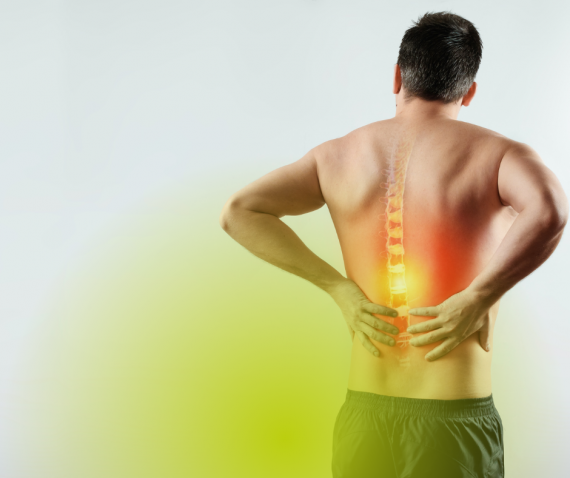HOW TO TRAIN EFFECTIVELY WITH SCIATICA
Sciatica is quite a common pain caused by an irritated nerve. It typically affects one side of the body, starting from the lower back or bottom and spreading down one leg. Sciatica is caused by something in your body pressing or rubbing on the sciatic nerve, located in the lower back. The most common cause is a slipped disc in the spine.
Symptoms of sciatica include:
- Shooting pain
- Numbness or loss of sensation in the area
- Difficulty bending forwards or backwards
- Tingling sensation in the feet and toes
- Weakness in the area
A common treatment of sciatica is exercise and light stretching, these activities will help to keep the body moving. It is important to keep mobile where possible in order to avoid the muscles seizing up. Below are 4 movements that will help to ease the sciatica symptoms:
- Bird-Dog
Start on your hands and knees and slowly raise the opposite arm and leg to a raised position at the same time. Repeat with your other arm and leg.
- Glute Bridge
Lie flat on your back with your knees bent and pelvis tilted to the floor. Slowly rise up and hold the bridge for as long as feels comfortable. Repeat several times.
- Sitting Spinal Stretch
Sit with your legs out in front of you and bend your right knee and place your foot flat on the floor on the outside of your opposite knee. Gently turn your body to the right and hold the position for 30 seconds. Repeat on the other side.
- Child’s Pose Stretch
Start on your hands and knees and sink backwards until your bottom touches your feet. Extend your arms out and rest here for as long as feels comfortable.
These exercises and stretches will help to relieve your sciatica symptoms and allow you to ease back into your usual training regime. Walking on the treadmill or using the cross-trainer are light exercises that may be comfortable after your symptoms have subsided. Light exercise classes can also be suitable, such as Yoga or Pilates.
Our Personal Trainers have a wealth of knowledge regarding training after experiencing pain, such as sciatica or an injury. If you would like to speak to one of the PT’s for some advice, please visit our contact us page.



